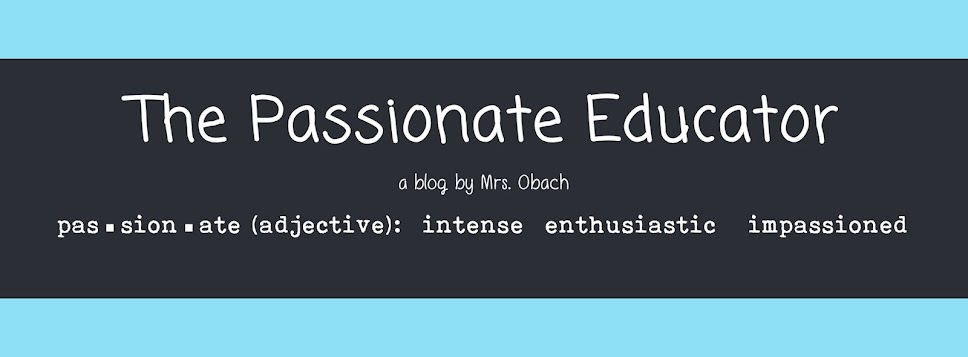Ways to Promote Happiness: Part 2
reflections from Tracy
Hutton's keynote at Snowflake Winter Wellness Festival 2016
Use Your Strengths – Do the things you are good
at. Try new things too, but realize that it’s okay if you aren’t good at
everything you try! I think this is relevant for students for a couple of
reasons. (1) We want students to work as a community and a team, taking
advantage of each others' strengths. For example, if someone needs help
in our classroom, often another student can help (which is especially important
if I'm engaged in teaching a small group lesson or conferencing with another
student.) (2) We want students to be proud of their unique talents and
gifts and also recognize and respect others' gifts.
Serve Others – use your strengths to make a difference in the
world. Every year, my students choose projects to engage in that will
make a difference for others or help address a problem. For example,
former students have hosted a Farmer Appreciation Day to recognize our local
farmers, organized the Recycle for Good Garage Sale to raise money for
people in need and ran a support campaign for Olympic athletes. I
think that it’s vital for students (of any age) to contribute to their local or
global community so that they realize that they can have a positive
impact. Plus, interdisciplinary projects are a great way to
meaningfully address curriculum.
Generous Explanations – think positively! Rather
than coming up with a negative explanation for an event or occurrence, be
generous and consider another perspective. For example, if another driver cut
you off, instead of thinking they are an inconsiderate, reckless drive, consider
that maybe they didn’t see you or were in such a rush that they made a
mistake. Similarly, if a child is having a difficult day, instead of
being upset that they are choosing to misbehave, consider that maybe they
didn’t have a good sleep or missed breakfast or had something unpleasant happen
to them that day. Using generous explanations can make us happier
adults, but I think there is also value in teaching students to be
compassionate and consider others' perspectives.
Be social – interact with others. I think we’ve got
this one down pat in Grade 1! We love to work and play
together!
Set goals – Tracy encouraged us to set
micro-goals, so that we are more likely to tackle them. For example, she
shared two of her micro-goals: Meditate for 1 minute every day. Plank for
1 minute every day. When considering classroom goal setting, I know that
I set many goals for myself and for my students. We also set goals
together (ie: develop our Daily 5 stamina so we can work independently for
20+minutes, write a poem, learn to code). However, I think I could do a
better job of intentionally teaching goal-setting and encouraging students to
set micro goals such as writing 5 sentences during Daily 5 writing time or
mastering 10 sight words in a given time period.
As we enter the second half of our school year, I will be keeping
Tracy's happiness habits in mind for both my personal life and my classroom
practice!
 When I visited Mrs. Hembree's class while in Redmond, WA for Hack the Classroom, her class had just finished raising money to buy postage for their Books to Africa project. Upon my return to school, I shared her students' project with my Grade 1s. They thought they might be able to help kids in Africa too, so we decided to ask Mr. Eric if his class could use our help somehow. We learned that books and school supplies would be much appreciated by their class and from there, an exciting project has launched.
When I visited Mrs. Hembree's class while in Redmond, WA for Hack the Classroom, her class had just finished raising money to buy postage for their Books to Africa project. Upon my return to school, I shared her students' project with my Grade 1s. They thought they might be able to help kids in Africa too, so we decided to ask Mr. Eric if his class could use our help somehow. We learned that books and school supplies would be much appreciated by their class and from there, an exciting project has launched.

